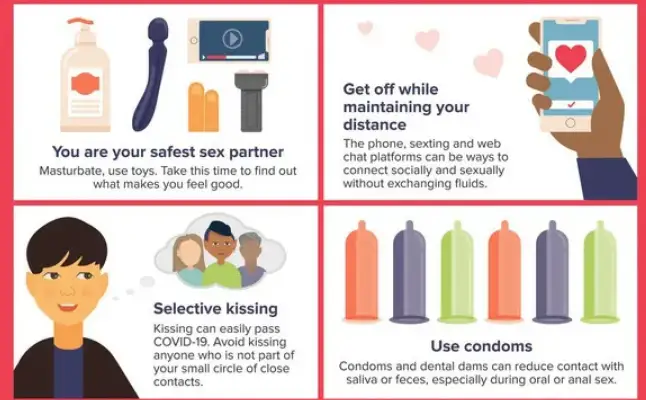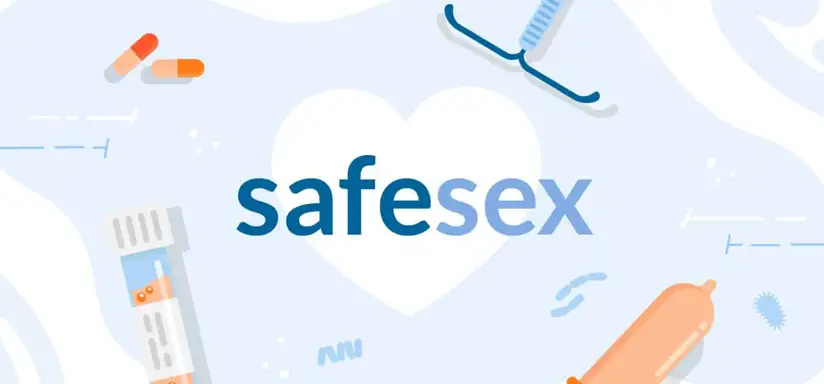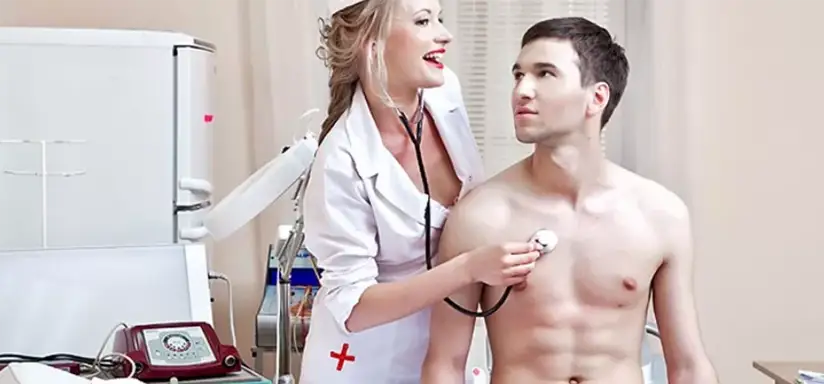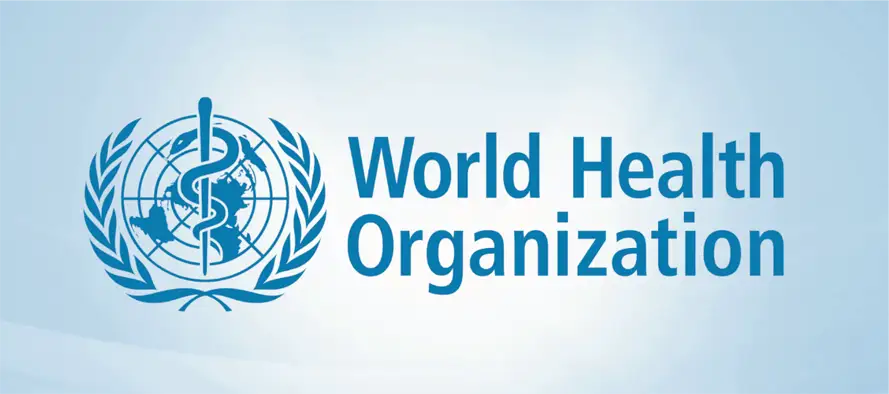Sexual wellness is an integral part of overall health, involving a respectful and positive approach to sexuality and sexual relationships. Practicing safe sex is crucial not only for preventing unintended pregnancies but also for reducing the transmission of sexually transmitted infections (STIs). Despite advancements in medical science and increased public awareness, STIs continue to pose a significant global health challenge. The World Health Organization (WHO) reports that over 1 million STIs are acquired daily worldwide[1]. This article explores safe sexual practices, providing detailed information backed by facts, figures, and credible sources to help you make informed decisions about your sexual health.
Understanding the Risks

Sexually transmitted infections are primarily spread through sexual contact and are caused by bacteria, viruses, or parasites. Common STIs include chlamydia, gonorrhea, syphilis, human immunodeficiency virus (HIV), human papillomavirus (HPV), and herpes simplex virus (HSV). In the United States, the Centers for Disease Control and Prevention (CDC) estimates approximately 26 million new STI cases each year, with half occurring among young people aged 15–24[2]. Many STIs are asymptomatic, making regular testing essential for sexually active individuals.
Essential Safe Sex Practices

One of the most effective ways to prevent STIs and unintended pregnancies is the consistent and correct use of condoms. Male latex condoms, when used properly during every sexual encounter, are 98% effective at preventing pregnancy and significantly reduce the risk of STI transmission[3]. Female (internal) condoms offer similar protection and can be an alternative for those allergic to latex or seeking different options.
Regular STI testing is another cornerstone of safe sexual practices. Early detection through screening allows for prompt treatment, reducing complications and preventing the spread to others. The CDC recommends annual chlamydia and gonorrhea testing for sexually active women under 25, as well as for older women with risk factors such as new or multiple sex partners[4].
Vaccinations play a critical role in sexual health. The HPV vaccine protects against the types of HPV that cause most cervical cancers and genital warts. The CDC advises vaccination for preteens aged 11–12, but catch-up vaccines are recommended up to age 26[5]. Additionally, the hepatitis B vaccine provides lifelong protection against a liver infection that can be transmitted sexually.
For individuals at high risk of HIV infection, Pre-Exposure Prophylaxis (PrEP) offers a preventative measure. PrEP is a daily medication that, when taken consistently, reduces the risk of getting HIV from sex by about 99%[6]. In cases of potential exposure to HIV, Post-Exposure Prophylaxis (PEP) involves taking antiretroviral medicines within 72 hours to prevent infection[7].
Limiting the number of sexual partners and engaging in mutually monogamous relationships with uninfected partners significantly reduces the risk of STIs. Open communication about sexual history, STI testing, and safe sex practices with partners is essential. Consent should always be clear, enthusiastic, and ongoing, fostering a respectful and safe environment for all parties involved.
Substance use during sexual activity can impair judgment, leading to risky behaviors. Avoiding alcohol and drugs ensures better decision-making regarding safe sex. Furthermore, the use of dental dams—a thin barrier used during oral sex—can prevent STI transmission and is an often-overlooked aspect of safe sex practices.
Emergency Measures

In situations where unprotected sex has occurred or a contraceptive method has failed, emergency measures are available. Emergency contraception, such as pills like Plan B or copper IUDs, can prevent pregnancy if used promptly. The effectiveness of these methods decreases over time, so immediate action is advisable.
For potential exposure to HIV, PEP must be started within 72 hours. Early intervention is crucial for the effectiveness of this preventive measure, emphasizing the importance of timely medical consultation after potential exposure.
Myths and Misconceptions

There are several myths surrounding sexual health that can lead to risky behaviors. A common misconception is that STIs are always evident through symptoms. In reality, many STIs are asymptomatic, and individuals may unknowingly transmit infections to others. Regular testing remains the only way to confirm one’s STI status.
Another myth is that oral and anal sex are safe without protection. STIs can be transmitted through any sexual activity involving genital contact. Utilizing protection, such as condoms and dental dams, during all forms of sexual activity is necessary to reduce risk.
The withdrawal method is often mistakenly believed to prevent STIs and pregnancy effectively. However, it does not prevent STIs and is significantly less effective at preventing pregnancy compared to other contraceptive methods.
The Role of Sexual Health Education

Comprehensive sexual education is linked to positive health outcomes. According to UNESCO, such education can lead to a 50% reduction in unprotected sex[8]. Educated individuals are more likely to use contraception, get tested, and communicate effectively with partners about safe sex practices. Access to accurate information empowers people to make informed decisions and fosters a culture of responsibility and respect.
Accessing Resources

Healthcare providers and community health centers are valuable resources for sexual health services, including testing, vaccinations, and educational materials. Many centers offer free or low-cost services, ensuring accessibility for all individuals. Reliable online platforms, such as the CDC (www.cdc.gov) and WHO (www.who.int), provide up-to-date information and can be a starting point for those seeking knowledge.
Safe sexual practices are a shared responsibility that significantly contributes to individual well-being and public health. By staying informed, communicating openly with partners, and utilizing protective measures, individuals can reduce the risks associated with sexual activity. Making conscious choices about sexual health fosters a fulfilling and responsible approach to sexuality. Remember, your health is in your hands—take proactive steps to ensure a safe and positive sexual experience.
References:
- World Health Organization. (2019). Sexually transmitted infections (STIs). Retrieved from https://www.who.int/news-room/fact-sheets/detail/sexually-transmitted-infections-(stis)
- Centers for Disease Control and Prevention. (2021). Sexually Transmitted Disease Surveillance 2019. Retrieved from https://www.cdc.gov/std/statistics/2019/default.htm
- Planned Parenthood. How effective are condoms? Retrieved from https://www.plannedparenthood.org/learn/birth-control/condom/how-effective-are-condoms
- Centers for Disease Control and Prevention. (2021). STI Screening Recommendations. Retrieved from https://www.cdc.gov/std/prevention/screeningreccs.htm
- Centers for Disease Control and Prevention. (2021). HPV Vaccination Recommendations. Retrieved from https://www.cdc.gov/vaccines/vpd/hpv/hcp/recommendations.html
- Centers for Disease Control and Prevention. (2021). PrEP Effectiveness. Retrieved from https://www.cdc.gov/hiv/basics/prep/prep-effectiveness.html
- Centers for Disease Control and Prevention. (2021). PEP. Retrieved from https://www.cdc.gov/hiv/basics/pep.html
- UNESCO. (2018). International technical guidance on sexuality education. Retrieved from https://unesdoc.unesco.org/ark:/48223/pf0000260770

Emily Dailey
Sexual Wellness Editor
Emily Dailey has over 10 years of experience writing and curating content about sexuality and relationships. With a portfolio of 150+ articles, she is dedicated to promoting open conversations and helping people embrace their desires with confidence and understanding.








